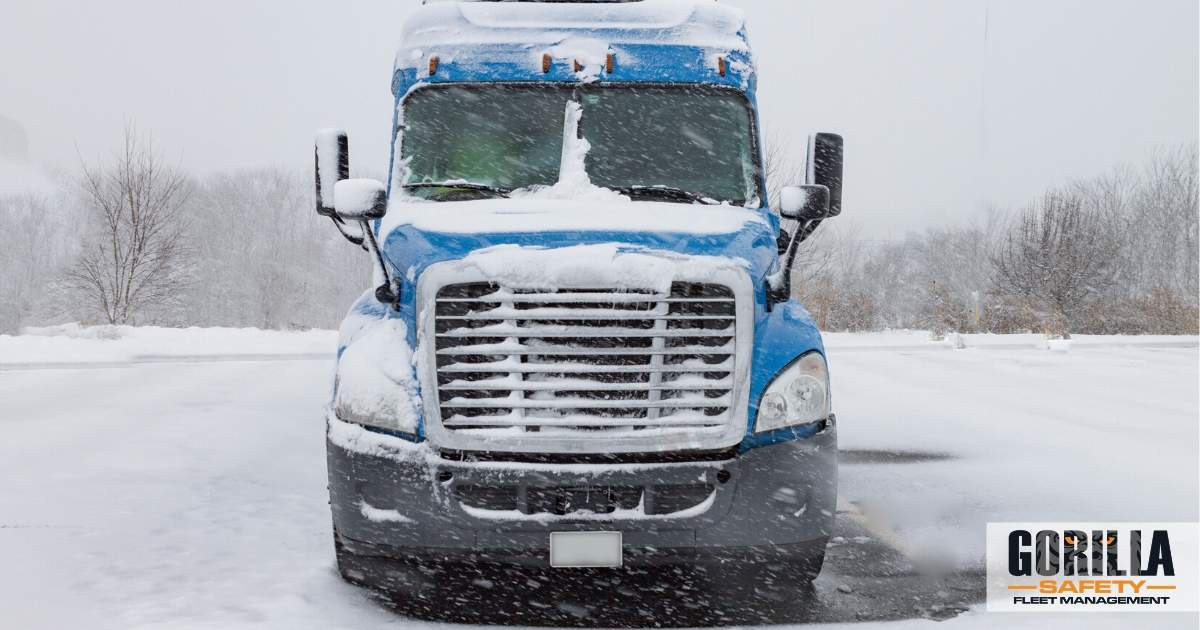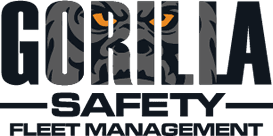
Whether you’re driving a big truck or a small compact car, you know that winter driving can be hazardous. But it’s especially dangerous — for you and other vehicles on the road — when you’re a big truck hauling a 53 foot trailer and trying to keep 18 wheels on icy roads. Make sure you know how to avoid winter driving hazards to keep yourself and everyone else safe.
Lack of Visibility
In snow, ice, or rain, every driver loses visibility. It’s harder to see the road and to see other drivers on the road with you. This can be a major winter road hazard that leads to big, messy accidents.
You’ll need to change your driving habits to compensate for this lack of visibility:
- If you’re driving in a snow storm, try to keep going until you reach an exit or a rest area. Stopping on the side of the road may lead to accidents when other drivers don’t realize you’ve stopped and rear-end you.
- But if conditions are simply too unsafe, get off the road as soon as you possibly can.
- Keep your windows, mirrors, and windshield clear so you can see while you’re driving. This may mean making more frequent stops to clean them off.
- Pay attention to the road ahead and avoid distractions. One moment you may be able to see perfectly well, and the next, you can’t.
- Stay to the right lane and only use the left or passing lane when absolutely necessary.
- Slow down if a winter storm makes it impossible to see the road clearly. The last thing you want to do is slam on breaks because a vehicle “came out of nowhere” in front of you. Your schedule is important, but your safety is more important.
Lack of Traction
The other major driving hazard in winter is the lack of traction. Whether your truck is fully loaded or not, you’re heavier than the average vehicle and ice is dangerously slippery. You’ve got to know how to drive on ice in order to keep yourself and other drivers safe.
- When losing traction, never use the clutch or engine brake. In fact, if possible, brake only in emergencies and even then, brake lightly and gently.
- Maintain a constant speed on winter roads. You’ll need to slow down in bad weather or when the roads are slick, but constantly changing speed increases the possibility of hard braking which can be very dangerous.
- Maintain more distance between you and the vehicles around you. With a lack of traction, slowing down or braking requires a lot more distance. The stopping distance on an icy road is ten times longer than in normal driving conditions.
- While you’re on a deadline and have to be mindful of your time on the road, your safety is more important. Slow down and stop when necessary, especially if the roads become too dangerous.
Before you get out on the road, make sure you’re ready for whatever winter throws at you. Keep plenty of warm blankets and clothes with you. Put together an emergency kit in case you’re in an accident or stuck on the side of the road: shovel, flashlight and batteries, a bag of sand, traction devices, and road hazard signs.
When you’re out on the road, use the Gorilla Safety app to help you out. It can reroute you if roads close down or weather makes them impassable. You can also use the accident reporting feature if, despite your best efforts, you’re in an accident. It also helps you quickly and easily communicate with dispatch and your fleet manager for rescheduling, check-ins, and more. Want to make sure you’ve got Gorilla Safety on your side this winter? Contact us today!

